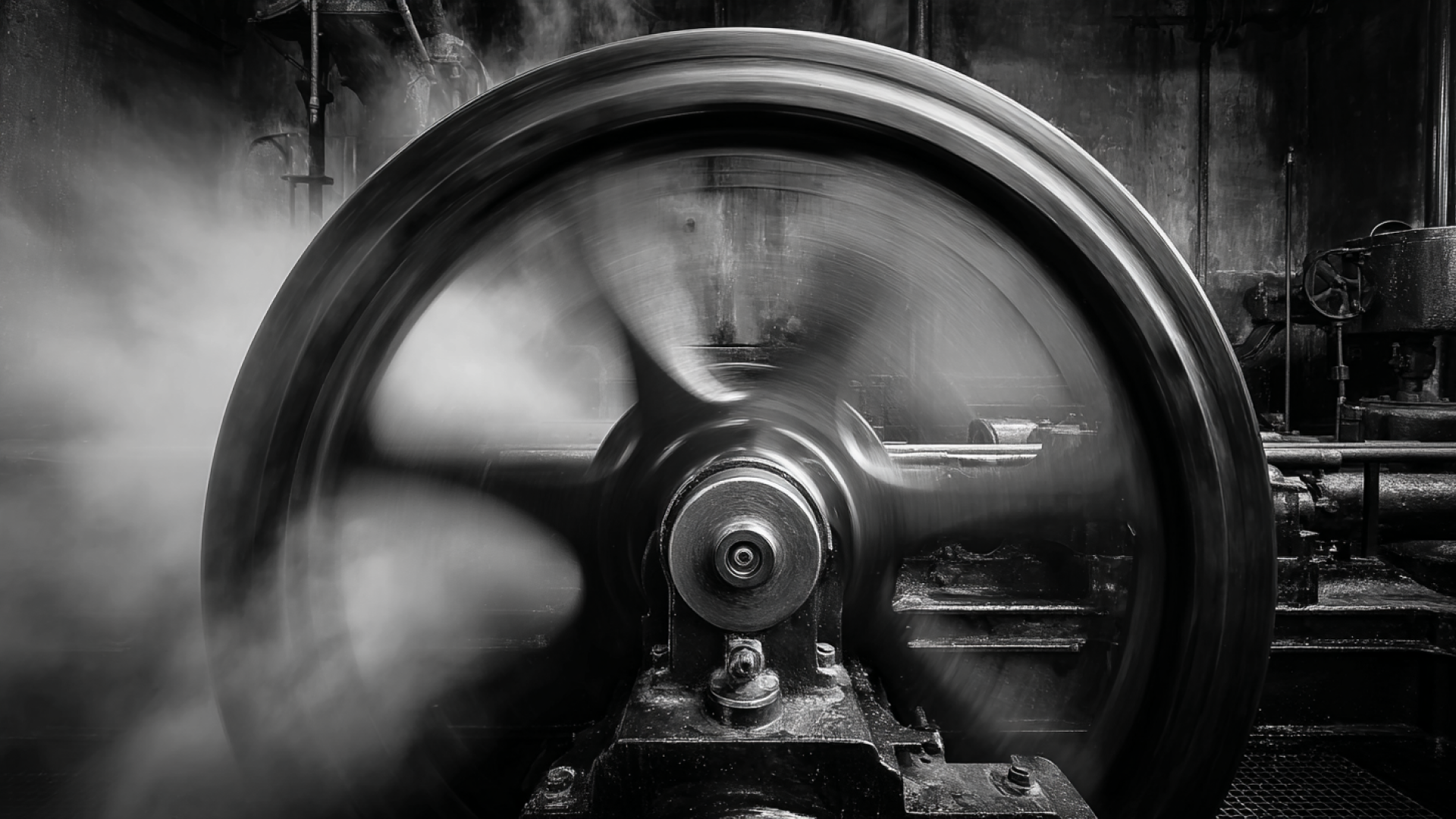Hard Work vs Working Smart: Mastering Consistency, Strategy & Rest for Success
7 min read

Understanding the Difference Between Hard Work and Working Hard
At first glance, “hard work” and “working hard” might sound like the same thing. But there’s a subtle, crucial difference that trips up a lot of people chasing success. Hard work is about steady, consistent effort applied over a long period—it’s showing up day after day, even when the excitement fades or progress feels invisible. Think of a farmer tending to their fields year-round, knowing that nothing spectacular happens overnight, but eventually, the crops grow. It’s about pace, patience, and persistence.
Working hard, on the other hand, often refers to short bursts of intense activity. Picture a sprinter in a 100-meter dash: all-out effort with everything you’ve got, but only for a few seconds before you have to stop. It’s exhausting and unsustainable if that’s your only mode because your energy tanks quickly. People who “work hard” might pull all-nighters, binge workloads, or grind furiously for a limited stretch. It feels urgent and frantic—sometimes effective, but rarely sustainable.
The trouble is, many admire working hard—the visible fire, the sprint, the adrenaline rush—without understanding that hard work, the slow and steady kind, lays the real foundation. If you only ever sprint, you burn out fast. If you only ever plod, you might miss opportunities to break through with focused bursts of energy.
To put it another way: hard work is the marathon; working hard is the sprint. Both have their place, but they’re not interchangeable. Imagine trying to build a company by either just hammering non-stop without a break or only crashing in frantic crisis mode before collapsing. Neither gets you far without rhythm and sustainability.
Getting the difference is the first step toward figuring out how to blend the two intelligently—without losing steam or spinning your wheels. It’s less about one type of effort being “better” and more about knowing when to apply each kind. That nuance separates those who simply hustle from those who actually last and thrive.
The Role of Consistency and Intensity in Achieving Success
Consistency is the steady drumbeat behind any real achievement. It’s the daily habit of showing up—even on the days you don’t want to—because success is rarely about a single heroic effort. Think of marathon runners: they don’t win by sprinting the first mile; they chip away week after week, building endurance and muscle memory. Studies show consistent practice builds neural pathways, making skills almost automatic, which explains why someone who drills fundamentals daily will outperform a weekend warrior cramming all their training into a few intense sessions.
But consistency alone can become a slow, grinding plod if not paired with intensity—the sharp, focused bursts when you're fully dialed in, pushing your limits. Intensity is what wakes up your system, forcing breakthrough moments rather than just incremental progress. Consider a software developer: coding steadily day-to-day is crucial for progress, but those deep-focus “flow” sessions where distractions vanish often yield the most creative solutions and major leaps forward.
Here’s where it gets interesting. These two forces aren’t rivals; they’re dance partners. Imagine building a muscle. Consistent workouts lay the foundation, but it’s the high-intensity sets—lifting near your max—that signal your body to adapt and grow. Without consistency, intensity is just sporadic effort that fizzles out. Without intensity, consistency risks becoming mechanical repetition without growth.
Look at some wildly successful companies. Amazon’s growth wasn’t just Jeff Bezos grinding non-stop—it was a disciplined, relentless push combined with bold innovation sprints that rewrote the rules of retail. Or take the world of music: practice daily (consistency), but every so often, an artist has to throw down a jam session or a live performance (intensity) to break out of comfort zones and captivate an audience.
So next time you’re hustling, don’t treat consistency and intensity like enemy camps. Embrace their tension. Give yourself permission to grind steadily but also explode with focused energy when it counts. That combo is often the magic ingredient that separates respectable effort from true success.
How Purpose and Strategy Enhance Your Efforts
Purpose is the why behind everything you do. Strategy is the how you turn that why into results. Without purpose, hard work becomes a scattergun approach—busy, noisy, and often fruitless. Without strategy, even the clearest purpose risks getting lost in chaos or overcommitment.
Think of purpose as your destination on a map. Strategy is picking the smartest route—not just the fastest pace, but the one getting you there without hitting dead-ends or detours. Purpose clarifies what truly matters; strategy carves out the practical steps to get there.
Here’s where many people trip up: working hard without a clear goal is like rowing furiously without a compass. All that sweat and effort means little if it’s not steering you toward something meaningful. Take Warren Buffett, famously focused on “economic castles protected by unbreachable moats.” His purpose—finding durable companies to invest in—is clear. His strategy involves deep research, patience, and avoiding distractions like short-term market fads. His intense application of effort isn’t scattered; it’s surgically precise.
To align your effort with your goals, start by defining a specific, measurable purpose. Don’t settle for vague ideas like “I want to be successful”—get clear on what success looks like for you. Then, reverse engineer your strategy. Prioritize tasks that directly move you toward that goal and ruthlessly prune or delegate everything else. Use frameworks like OKRs (Objectives and Key Results) or the Eisenhower Matrix to stay laser-focused on what’s essential.
Real strategic effort isn't about packing your day with work, but about investing your energy where it pays dividends. It’s deliberate, selective, and yes, sometimes uncomfortable—because it often means saying no. But by pairing your purpose with a smart strategy, working hard stops being a badge of honor and becomes a path to real progress.
The Importance of Rest and Recovery for Long-Term Productivity
Here’s a fact that might surprise you: studies show that after about 52 hours of work per week, productivity actually declines sharply. Pushing beyond that, without proper rest, doesn’t just make you tired—it actively makes you less effective. Your brain’s ability to focus, solve problems, and regulate emotions dips, leading to sloppy decisions and burnout. Think of your brain like a smartphone running dozens of apps at once—eventually, it overheats and lags. Without giving it a break, you degrade both your output and creativity.
Physiologically, neglecting rest compounds fatigue, undermining your immune system and increasing risk of chronic issues like heart disease and depression. Sleep deprivation alone disrupts memory consolidation and cognitive flexibility, which are critical for turning hard work into smart work. Pushing through without downtime is a fast track to diminishing returns.
So how do you stay sharp without burning out? Science consistently highlights the power of strategic breaks: the Pomodoro technique’s 25-minute work bursts followed by five-minute rests align with our attention span cycles. Even brief, mindful pauses to stretch, breathe, or shift focus reset neural pathways and can boost productivity by up to 40%. Longer chunks of high-quality sleep—ideally 7-9 hours—are non-negotiable for restoring focus and willpower.
Rest is not a luxury; it’s the secret sauce that transforms a frantic sprint into a sustainable marathon. You’re not just recharging your energy; you’re optimizing your brain’s capacity to work hard—and work smart—for the long haul.
Conclusion
Hard work and working hard aren’t just phrases to toss around interchangeably—they’re fundamentally different ways of applying effort, and understanding that difference can save you a world of frustration and burnout. Hard work is the quiet marathon of showing up, day in and day out, building resilience and momentum. Working hard is the fiery sprint, all gas and no brakes, which, while exciting, won’t get you far if that’s your only gear.
Success isn’t about choosing sides; it’s about harmonizing the steady and the intense, the patience and the bursts of focus, all guided by a clear purpose and smart strategy. Add rest to the mix—not as an afterthought, but as a critical ingredient—and you get a recipe that’s not just sustainable but downright effective.
So next time you find yourself grinding nonstop or pushing for that last-minute surge, ask yourself: am I running a marathon or sprinting? Because knowing when to slow down and when to shift gears might just be the smartest work you ever do.
Suggested Articles

Sleep Music Guide: Boost Quality Rest with Top Apps & Tips

Breaking Doomscrolling: Boost Your Mental Health & Digital Balance

Overcoming Confirmation Bias: Understand the Trap, Break Free, and Think Clearly

Hofstadter's Law: Why Everything Takes Longer Than Expected

Understanding TAM SAM SOM: A Guide to Market Sizing and Strategy

Mastering Public Speaking: 110 Techniques

Best AI Tools for Business Growth and Efficiency in 2025

How to Build and Launch an MVP Fast

Building an Audience as Your New Resume

Mastering the Flywheel Effect in Customer Acquisition

Work Less Achieve More with the 80/20 Rule
Suggested Articles

Sleep Music Guide: Boost Quality Rest with Top Apps & Tips

Breaking Doomscrolling: Boost Your Mental Health & Digital Balance

Overcoming Confirmation Bias: Understand the Trap, Break Free, and Think Clearly

Hofstadter's Law: Why Everything Takes Longer Than Expected

Understanding TAM SAM SOM: A Guide to Market Sizing and Strategy

Mastering Public Speaking: 110 Techniques

Best AI Tools for Business Growth and Efficiency in 2025

How to Build and Launch an MVP Fast

Building an Audience as Your New Resume

Mastering the Flywheel Effect in Customer Acquisition
